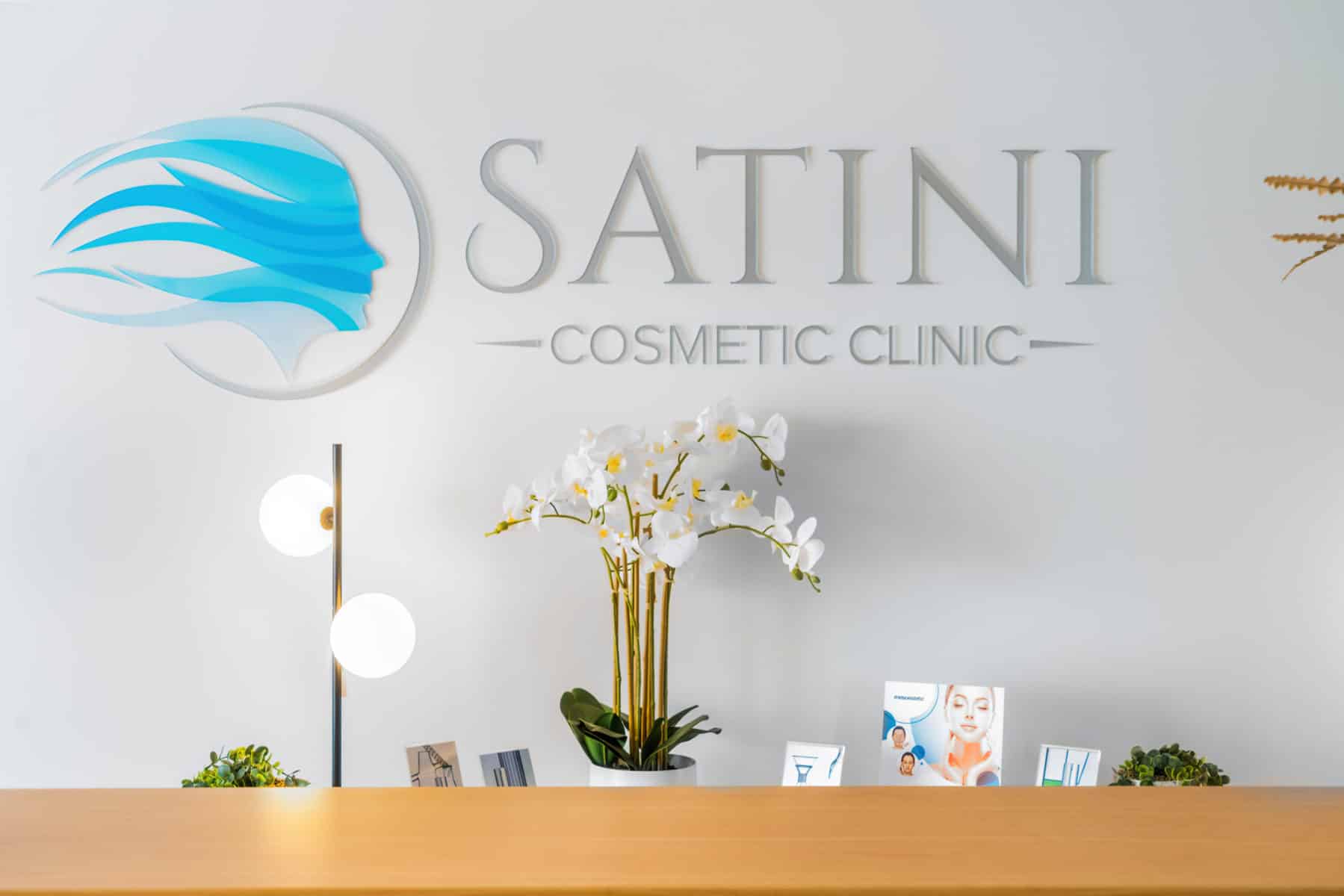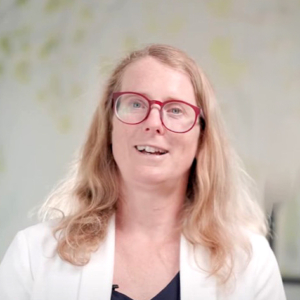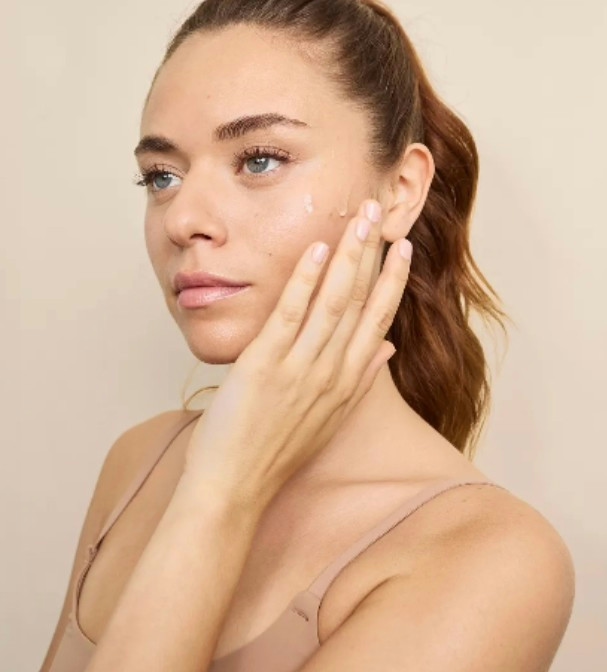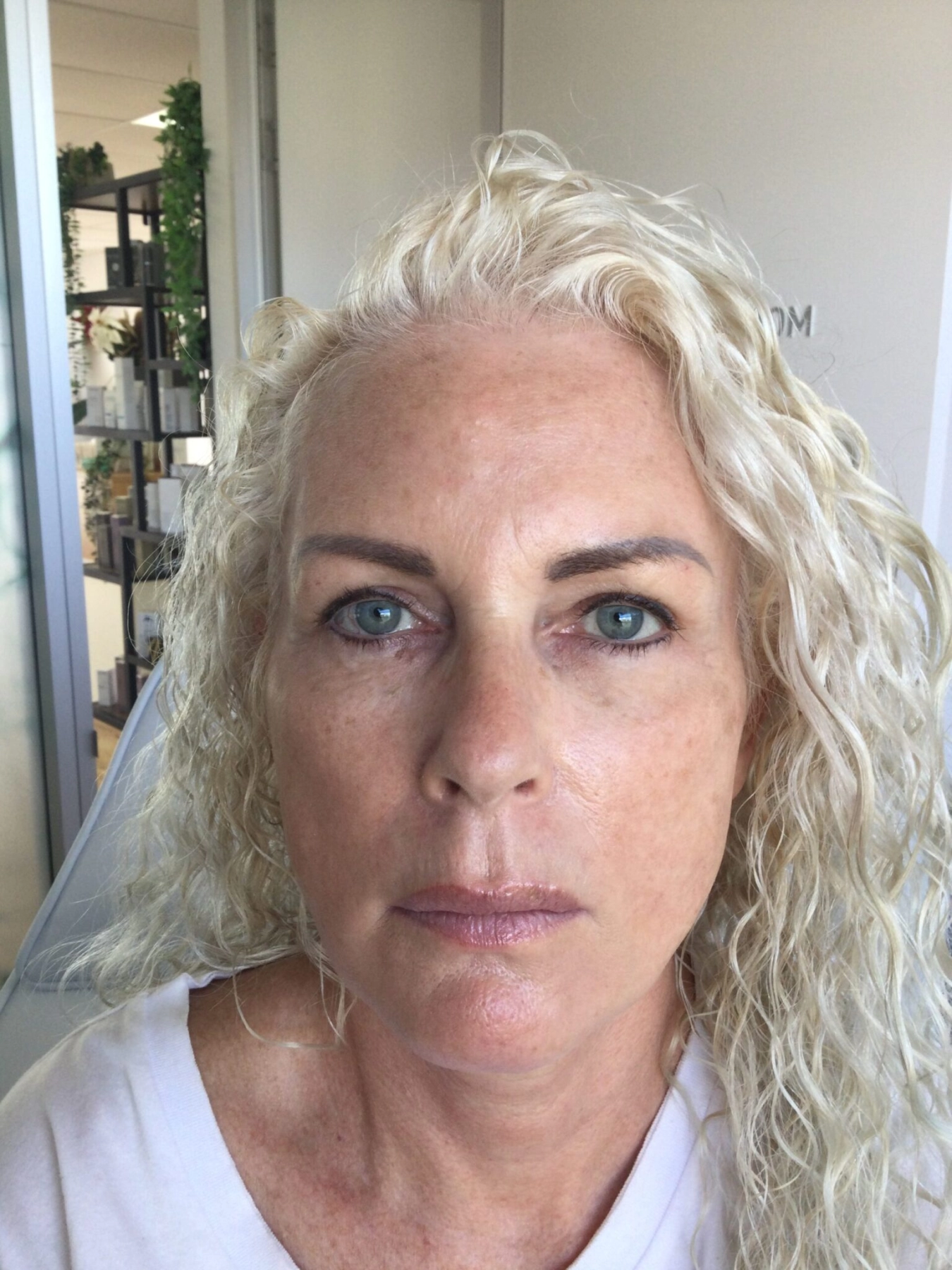Hyperpigmentation and dark spots are common skin concerns that affect many people. They can be caused by a variety of factors, including sun exposure, aging, and hormonal changes. These issues can be frustrating and difficult to treat, but microneedling is a non-invasive treatment option that has shown promise in reducing the appearance of hyperpigmentation and dark spots.
What is Microneedling?
Microneedling is a cosmetic treatment that involves using a small device with hundreds of tiny needles. These needles create micro-injuries on the skin’s surface. These injuries stimulate the body’s natural healing process, which triggers the production of new collagen and elastin. These essential proteins are crucial for healthy skin, as they help to improve skin texture, reduce the appearance of scars and dark spots, and restore the skin’s elasticity.
How Does Microneedling Work for Dark Spots?
Microneedling can help to reduce the appearance of dark spots. We know that microneedling stimulates skin cells. As a result, they produce growth factors that stimulate collagen and elastin in the skin.
Microneedling can also help to increase the absorption of topical treatments, such as vitamin C or hydroquinone. These active ingredients are commonly used to treat dark spots. But the microneedling makes sure that these ingredients diffuse into the deeper layers of the skin through the microchannels. This helps to make them more effective.
What is hyperpigmentation?
Hyperpigmentation refers to a condition where patches of skin become darker in colour than the surrounding skin. This occurs when the skin produces an excess of melanin, the pigment that gives our skin its colour.
There are different types of hyperpigmentation, including:
- Post-inflammatory hyperpigmentation (PIH): This occurs as a result of an injury to the skin, such as acne, cuts, or burns. The skin becomes darker as a result of increased melanin production in response to the injury.
- Melasma: This type of hyperpigmentation is commonly seen in pregnant women and people taking oral contraceptives. It is characterized by brown patches on the face, often on the forehead, cheeks, and upper lip.
- Age spots: Also known as liver spots, these are flat, brown spots that appear on areas of the skin that are exposed to the sun, such as the face, hands, and arms.
Hyperpigmentation can be treated with various methods, including topical creams, chemical peels, laser therapy, and microdermabrasion. However, prevention is the key, and protecting the skin from the sun’s harmful rays is the best way to prevent hyperpigmentation.
Does microneedling work for all types of hyperpigmentation?
It is important that you get your face assessed by a medical expert before you have a microneedling treatment. Microneedling works well for dark spots but it may not work quite so well for melasma.
Dr Nadja Haub says
Microneedling probably works best for dark spots caused by sun damage and ageing. In contrast to that, the benefits for melasma are often only minimal. Compared to laser, you can very likely achieve similar results but you may need more treatment sessions. The advantage of microneedling over laser is that it is less invasive and more affordable. But microneedling usually requires more treatments sessions compared to laser for best results. So laser works faster but is also more expensive and requires more downtime.
Benefits of Microneedling for Hyperpigmentation and Dark Spots
There are many benefits of microneedling for hyperpigmentation and dark spots. But it is very important that a doctor or nurse assesses your face thoroughly before you have any microneedling done. This is to make sure that you do not have any form of skin cancer or melasma. If this was the case, you may need different treatments that are more effective. Microneedling works better for dark, age-related spots.
Here are some of the advantages of microneedling:
- Non-Invasive: Microneedling is a non-invasive and you do not need any or very minimal downtime.
- Safe: Microneedling is safe when performed by a trained professional.
- Effective: Microneedling has shown promise in reducing the appearance of hyperpigmentation and dark spots, as well as improving overall skin texture and tone.
- Affordable: Microneedling is a more affordable option compared to some other treatments, such as laser therapy.
- Minimal Side Effects: Microneedling typically has minimal side effects, such as redness and mild swelling, which usually subside within a few days.
Here are some disadvantages of microneedling:
- Compared to laser, you may need more treatment sessions to get on top of your dark spots.
- Microneedling has got limited benefits for melasma. You may be better off with other treatment options. Read more here.
- It may not work that well for freckles.

Microneedling vs. Other Treatments for Hyperpigmentation and Dark Spots
There are many treatments available for hyperpigmentation and dark spots, including chemical peels, laser therapy, and topical creams. Each of these treatments has its own benefits and drawbacks, and the best treatment for you will depend on your individual needs and preferences.
Microneedling is a popular treatment option because it is non-invasive, safe, effective, and more affordable than some other treatments. While it may not be as effective as laser therapy for deep or stubborn dark spots, it can be a good option for mild to moderate hyperpigmentation.
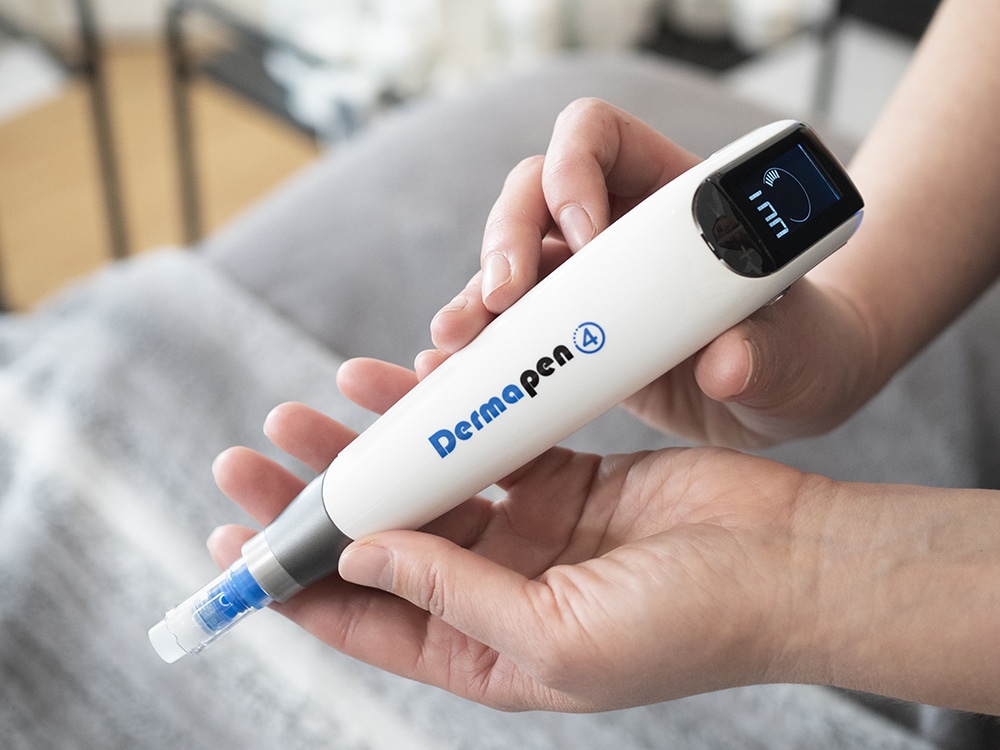
Can microneedling make melasma worse?
A few studies showed that microneedling can fade melasma slightly. The difference before and after the treatment was only minimal. On top of that, the melasma likely faded because the doctor or nurse applied anti-pigmentation creams. These glided through the tiny microchannels and faded the melasma. The good news is, that based on these studies, the risk for melasma getting worse due to microneedling is very low. Much lower compared to laser, for example.
Precautions and Side Effects
While microneedling is generally a safe and effective treatment, there are some precautions to keep in mind. It is important to seek treatment from a trained and experienced professional to ensure that the procedure is performed correctly and safely.
Additionally, microneedling may not be suitable for people with certain medical conditions, such as active acne, eczema, or rosacea. People who are pregnant or breastfeeding should also avoid microneedling.
The most common side effects of microneedling are redness and mild swelling, which usually subside within a few days. In rare cases, more serious side effects, such as infection or scarring, can occur. To reduce the risk of side effects, it is important to follow all aftercare instructions provided by your healthcare professional
Contact us for more information
If you consider having microneedling for dark spots or uneven pigmentation, it is best if you contact a medical professional who can assess your skin. This will make sure that you are a suitable candidate for this treatment. Dr Nadja Haub will be able to assess what type of pigmentation you have and choose the right and risk-free treatment for your type of pigmentation.
